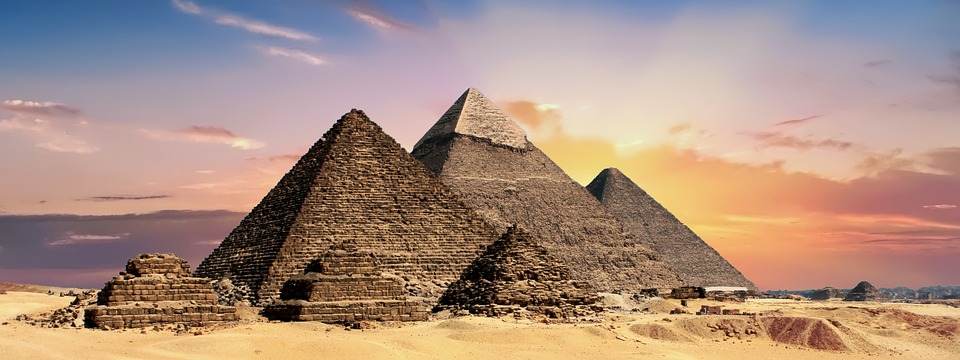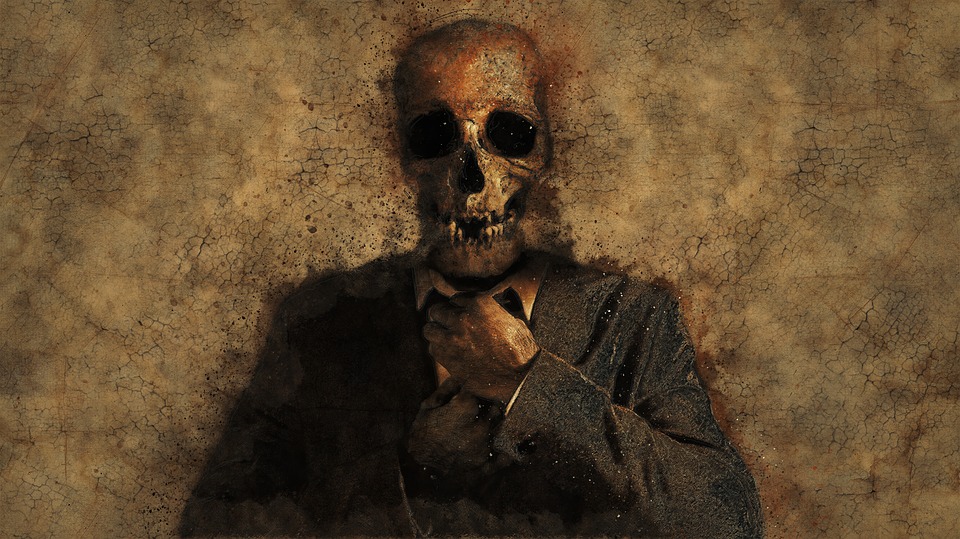Some people have tried to associate the word with ancient Jewish mysticism and Kabalism . Typical examples say that it is derived from ab, ben, and ruach acadasch, words that respectively mean father, son, and Holy Spirit. Another supposed source is that it is a variation of the Hebrew abreq ad habra, which means, “hurl your thunderbolts even unto death.” Another version has it meaning “Speak the blessing” from the Hebrew “ha brachah dabarah.” There are a wide variety of other variations and supposed sources for this word.
Continue reading “Abracadabra by Donald Michael Kraig”Tag: death
~ Familiars ~
Deva Bluewing
Non-Pagan history describes familiars as low-ranking demons in constant attention to Witches for the purpose of carrying out spells and bewitchments. Familiars usually assumed animal forms – cats, toads, owls, mice and dogs seem to have been the most common – though virtually any animal or insect could be suspected. In the Witchcraft Trials, if so much as a fly buzzed in the window while someone suspected of being a witch was being questioned or tried, it was said to be her (or his) familiar. The inquisitors took the Bile to heart: those who had familiars were “an abomination unto the Lord” and should be “Put to death: they shall stone them with stones: Their blood shall be upon them” (Lev. 20:27).
Cowslip (Primula veris):
Venus. Cattle were once adorned with cowslips to encourage healthy milk production. Cowslip flowers were believed to bring luck in love to the wearer. In Suffolk, milkmaids would wash their faces in milk in which cowslip petals had been infused on Beltane, believing that it would make their faces glow and attract their beloved during the Beltane celebrations. Were traditionally woven into funeral wreaths to be laid on the deceased one’s grave at the full moon, for thirteen moons after his or her death. Posies of cowslips, placed under the pillow, were said to allow contact with the dead in dreams.
Magick in Ancient Egypt by Eris
“O Isis great enchantress, free me, release me from all evil red things, from the fever of the god and the fever of the goddess. From death, and deathfrom pain, and the pain that comes over me; as though hast freed, as thou hast released thy son Horus, whilst I enter into the fire and go forth from the water.”
Ikal Ahau
Chthonic god of death. Mayan (Tzotzil, classical Mesoamerican) [Mexico]. Perceived as a diminutive figure who lives in a cave by day but wanders at night attacking people and eating raw human flesh. He is also considered to inhabit Christian church towers in Mexico and is probably personified by vampire bats.
Hypnos HIP nuhs
Sleep—the Twin Brother of Death
Hypnos enters the sleep of mortals and, at the bidding of the Olympians, gives them dreams of foolishness or inspiration, depending on the individual and their divine protectors or enemies.
Hunhau
God of death. Mayan (Yucatec and Quiche, classical Mesoamerican) [Mexico]. One of the several “lords of death” listed in the codices who rule the underworld, Mictlan. Hunhau is generally depicted with canine attributes, or with the head of an owl.
HADES (the invisible one)
ORIGIN Greek. God of death.
KNOWN PERIOD OF WORSHIP circa 1500 BC until Christianization (circa AD 400).
SYNONYMS Aidoneus (Roman); Dis; PLUTOS; ORCUS (Roman).
CENTER(S) OF CULT restricted to Pylos.
Badb
War goddess. Celtic (Irish). One of the aspects of the MORRIGAN. Capable of changing shape at will. She confronts the Irish hero Cu Chulainn before a battle and terrifies him by turning into Badb Catha, the crow and harbinger of death.
Hall of the Two Truths
by Dr Harald Fuchs
Ancient Egyptian culture was obsessed with the idea of eternal life beyond death, and the need to avoid personal extinction. As a result, the culture exerted enormous resources in the development of theological and philosophical underpinnings of a belief in the migration of a soul from the material world to Tuat, the spiritual world.








